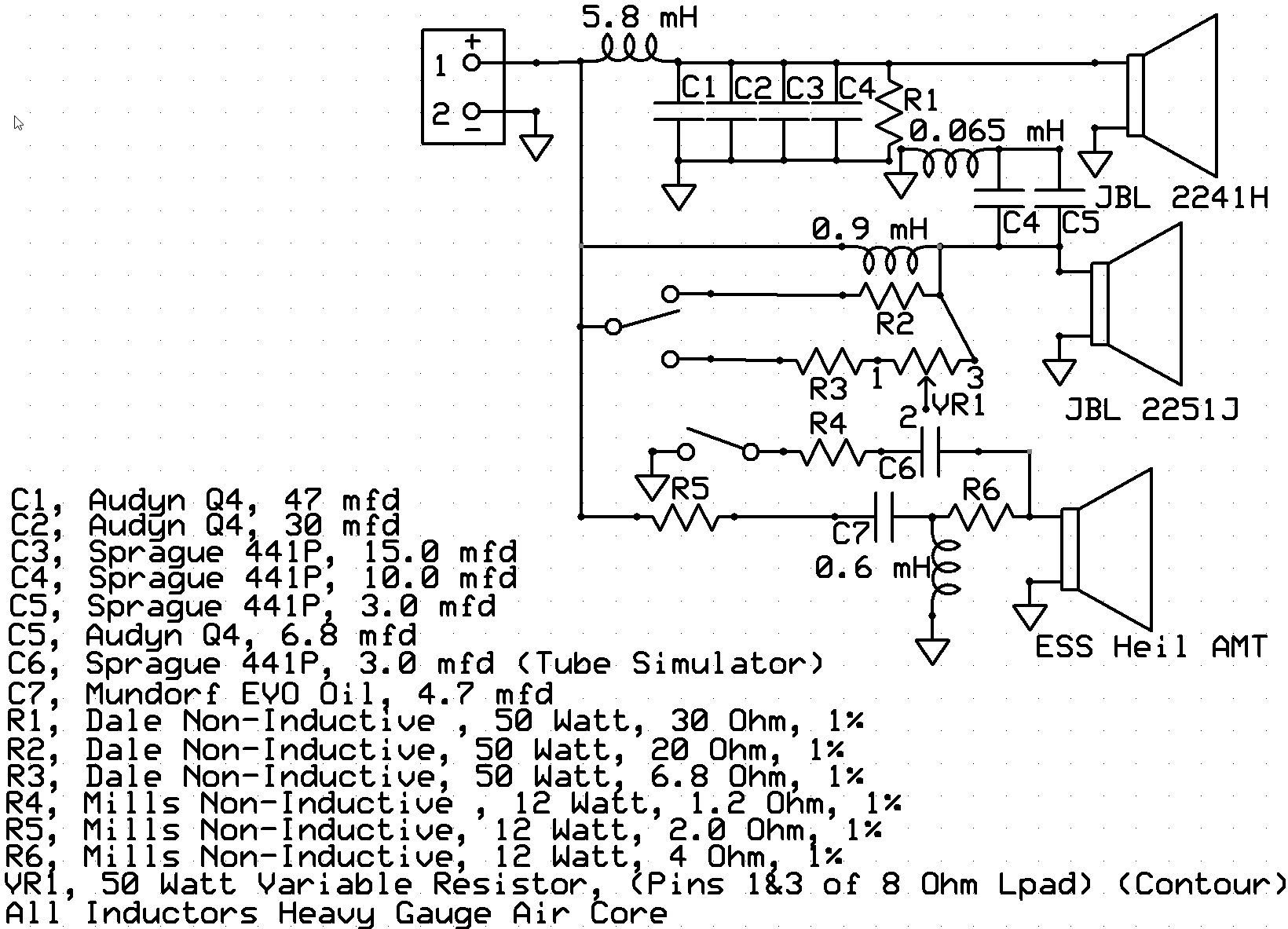Absolutely nothing conventional about these. But what works, works. Got to make my Heil mods to make it all work though. ![]()

Crossover or crossoverless
The founder and builder of the highly respected high-end speaker company Gauder Akustik, Dr. Gauder, says that using a full-range driver is very bad. He uses 3- to 4-way speakers with extremely complex 10th-order crossovers consisting of 58–60 components.
In contrast, some other well-known and equally respected speaker companies — such as Voxativ, Zu, Cube Audio, and Totem — use crossoverless designs.
Who is right, and who is wrong?
I’m not an advocate of a Dual Concentric Driver, Multi Driver or a Panel Speaker Iike an ESL. I own and use all Three Types. I am an advocate of how they are Set Up. As Cabinet Construction are not all equal and the impact of energy produced by Drivers and this energy effecting a Cabinet is not all equal. The Structure used under a Speaker has a substantial influence on End Sound being produced. The Interface of the Speaker to the Room and the Rooms capability of managing Sound Energy within it, substantially effects the End Sound produced. A preference for a particular design for a Speaker, if all that is being considered, will create one outcome only. Only Luck on one’s side will create the End Sound that thoroughly impresses. When an Interface for a Speaker is discovered that shows End Sound being produced that really impresses. Why care about a Xover or no Xover. Bring new options for an End Sound into the Space allocated for experiencing the Audio System.
|
@bdgregory , Roy of Green Mountain advocated for 1st order / 6 dB crossovers. In practice they were more complicated than standard text book illustrations, in that they had elements added to compensate for driver irregularities, etc. in an effort towards making a complete time coherent speaker system as heard from the suggested listening position to speaker distance. |
| Post removed |
| Post removed |
| Post removed |
@knotscott + 1 - No real 'absolutes' here.... |
I grew up using speakers that were no more than 8” full range drivers with wizzer cones attached. Then I bought some ADS 300’s. Tiny two way speakers with a big sound. Then came my first subwoofer and a separate active crossover to fill in the bottom. Essentially making my system a three way. Much later came the DQ-10’s with their 5 way crossovers. When I added the sub and crossover it became a 6 way speaker system. Now, I have a 3.5 way and a sub.
|
I have a pair of PearlAcoustics Sibelius single driver Voigt tube speakers, and love them. If one argues that the audio signal can only be degraded by components, having no component such as crossover is the ideal situation. I've also seen some old audio luminary quote (from B&W founder????) that ideally there is a single driver speaker, but if you cannot get a decent result, then add a second, if that is not decent then add a third. That means, multi driver speakers are the result of the inability of a speaker designer to make a good single driver speaker. There is also the problem of wave cohesion from multiple drivers, that is non-existent with single driver models. But as always, to each their own. |
Most popular new Model Element Metal V2 , got only tweeter crossover, probably only one or two elements , but two main drivers -crosoverless see ( The design is a controlled ferocity that amazingly requires no crossover, channeling vast dynamic potential into the purest musical experience) -from Totem web site |